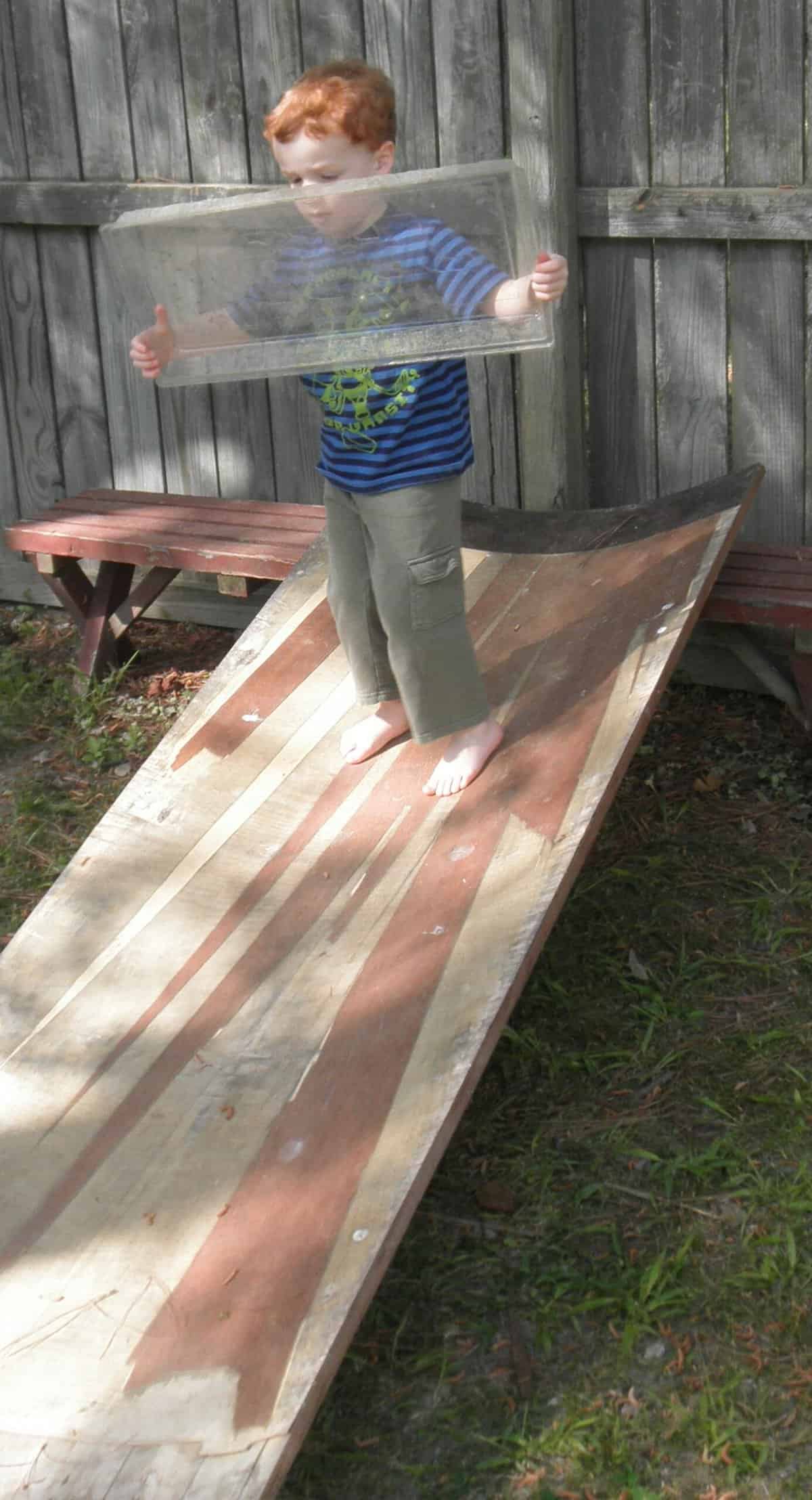“Other structures in the inner ear receive information about the direction and speed of our head and body when we move rapidly in space, on the diagonal or in circles.” This is stimulated by gravity.
Dysfunctions can be:
- Overresponsive—avoids light touch, picky eater (taste), prefers no clothes and textile sensitive (clothes, bedding, seams), scents cause feelings of sickness (allergic type reactions)
- Underresponsive—does not respond to soothing or painful touch, will often over eat & eat non-food, does not understand hygiene care nor washing of clothes
- Sensory seeker—intense, impulsive, continuous touching and smelling and eating
- “White noise”—fluctuates between over and under responsive
- Discrimination Disorder—needs repetitive experiences to learn about weight, texture, shape, and sensory integration
- Often keeps hands in pockets
- Fingers curled to protect sensitive palms
- Lacks body awareness, needs to watch self to do things like get dressed, button a coat
- May not know common needs: thirst, hunger, bathroom
- Trouble locating source of pain & its intensity, duration
According to Dr. Ayres, “When the vestibular system does not function in a consistent and accurate way, the interpretation of other sensations will be inconsistent and inaccurate, and the nervous system will have trouble ‘getting started.’ “
Thus, a dysfunction in the inner ear will affect not only the ability to process skills visually, but will also affect all the senses.
“Vestibular dysfunction may contribute to difficulty processing language—a great disadvantage in everyday life. The child who misperceives language may have problems learning to communicate, read, and write.” This individual may also have more behavioral, attention, self-esteem, and emotional difficulties, because it is more difficult for an “out-of-sync” person to calm oneself when the brain does not correctly process vestibular messages. Remember, the inner ear affects one’s interaction with all senses causing continuous stresses affecting every move. Thankfully, the brain’s ability to develop “coping behaviors” allows many individuals to innately compensate for sensory integration weaknesses.
If the auditory system, “vestibular system,” is the root cause of improper development of the other senses; then, intervention within the auditory system is almost always the best place to start. The “head” is the brain and its health should first be addressed through diet, supplements, and if needed, blood work to determine food allergies and nutritional deficiencies. Also, auditory dysfunctions often cause under activity in the brain. Motor activities, exercises which require visual tracking across a person’s midline, can jump start the brain; thus, preparing it to receive auditory training. We have two ears controlled by opposite sides of the brain; information must be able to flow to each side.
Information and checklist were obtained for educational purposes from The Out-of-Sync Child by Carol Stock Kranowitz, M.A.,and Dr. Carl Delacato’s published works







0 Comments